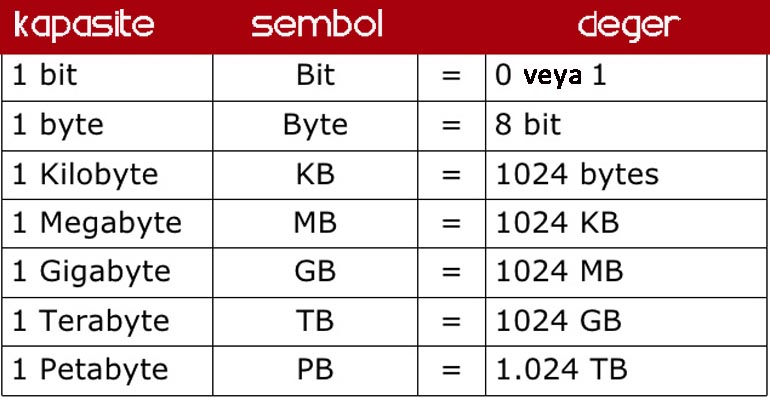

The resistance of RC2 against exhaustive search is then no more than that offered by a T1-bit key, because one can try all possible sequences of T1 bits for that internal value.

In the middle of the processing of the key, an internal value is "reduced" to a sequence of T1 bits, which means that subsequent encryption will depend only on the values of T1 specific bits in that internal value. It accepts keys of length 8 to 128 bits (multiple of 8 only) but it also has an extra parameter called effective key length denoted by "T1".

#256 bits in a byte 64 bits
Yet, if you use a library implementing DES, that library will expect DES keys as sequences of 64 bits (often provided as 8 bytes).Īnother algorithm with a special rule is RC2. In that sense, DES offers the security of a 56-bit key ( 2 56 "really distinct" possible keys). more than about 85, this is technologically infeasible). This is because key length is related to security: if an algorithm accepts keys of length n bits, then there are 2 n possible keys, and thus trying them all (attack known as "exhaustive search" or "brute force") has time proportional to 2 n (with n big enough, i.e. So it is often said that DES has a 56-bit key. However, if you look at the algorithm definition, you see that only 56 of these bits are used the other 8 are simply ignored (if you number bits from 1 to 64, these are bits 8, 16, 24, 32, 40, 48, 56 and 64 they are supposed to be "parity bits" depending on the 56 others, but nobody really bothers with setting or checking them). The prime example is DES, a predecessor to AES. There are a few gotchas with some algorithms. How you encode these bits is not relevant here: regardless of whether you just dump them raw (8 bits per byte), or use Base64, or hexadecimal, or infer them from a character string, or whatever, is up to you. For instance, AES is a symmetric encryption algorithm (specifically, a block cipher) which is defined over keys of 128, 192 and 256 bits: any sequence of 128, 192 or 256 bits can be used as a key. This type of bit is known as a qubit.For symmetric algorithms ( symmetric encryption, Message Authentication Code), a key is a sequence of bits, such that any sequence of the right length is a possible key. Unlike today's computer, a quantum computer bit can be 1, 0, or both 1 and 0 at the same time. Like most style guides, Computer Hope chooses to write "bit" in all lowercase. When deciding what style to use for your writing, make sure to remain consistent. Bit (b)Ī bit is an acronym, shouldn't it be written in all uppercase?Īlthough "bit" is an acronym, it can be written in all uppercase like most acronyms or as all lowercase. For example, you can see that there are 8 bits in a byte. Using this chart, you can find how many bits are in other measurements. other data measurementsīelow is a listing of byte values in comparison to other units of measurements. In other words, an 8-bit color would be 2^8, which is 256 colors. With colors, the bit color depth is calculated by 2 to the power of the bit color.
#256 bits in a byte how to
How to determine if you have a 32-bit or 64-bit CPU.Today's computers are 64-bit, which are capable of up to 64-bit binary numbers (decimal number over 18 quintillion). Later processors were 32-bit, which are capable of up to 32-bit binary numbers (decimal number up to 4,294,967,295).

Anything larger and the computer would need to break up the number into smaller pieces. With early computer processors (e.g., 806), the processors were 16-bit processors, which means the processors were capable of working with 16-bit binary numbers (decimal number up to 65,535). However, it's more common for a nibble to be skipped and for a byte to come after a bit. What comes after a bit?Ī nibble comes after a bit.


 0 kommentar(er)
0 kommentar(er)
